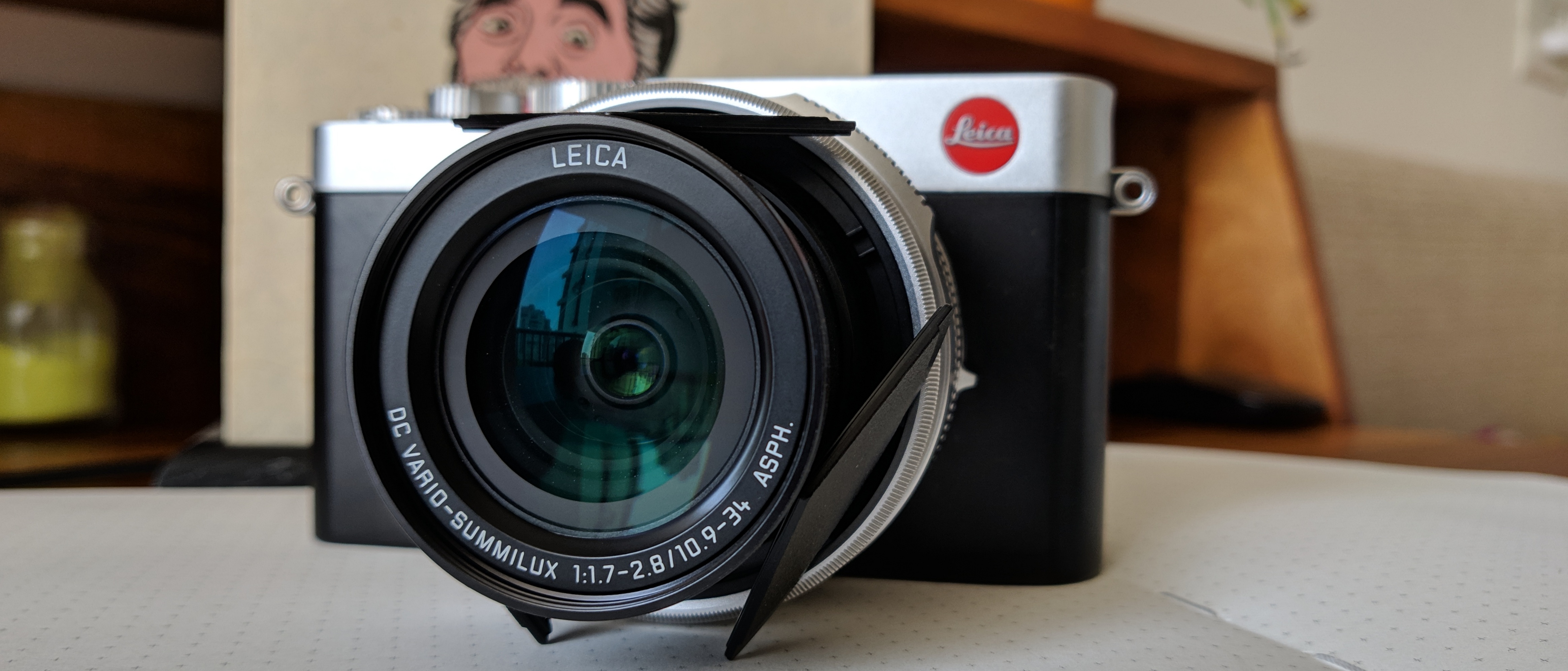TechRadar Verdict
Leica D-Lux 7 has a lot of tricks up its sleeve that work wonders in different lighting situations and is well worth the premium you pay.
Pros
- +
Beautiful, sturdy and compact
- +
An affordable Leica camera
- +
Manual controls
- +
4K video and photo
- +
Native aspect ratio button
- +
Remote access via Android/iOS app
- +
Decent battery life
Cons
- -
Low-light performance
- -
Expensive
Why you can trust TechRadar
When it comes to cameras, Leica isn’t a household name as Nikon or Canon, especially in a price sensitive market like India. But with a mythos that continues to inspire photographers around the world, there has to be something more that attracts them to Leica. Isn’t it?
With a history that goes back to more than 100 years, we can say that Leica is a pioneer of cameras. Various iconic pictures like the Flood in Wetzlar (1920), Hindenburg (1936), Death of a Loyalist Soldier (1936), V-J Day (1945), The flag of victory (1945), Sidewalk (1995) and Vertigo (2012) have been created on a Leica camera. In addition, some of the most popular portraits such as those of Che Guevara, Muhammad Ali, James Dean and The Dwarf are the results from a Leica camera.
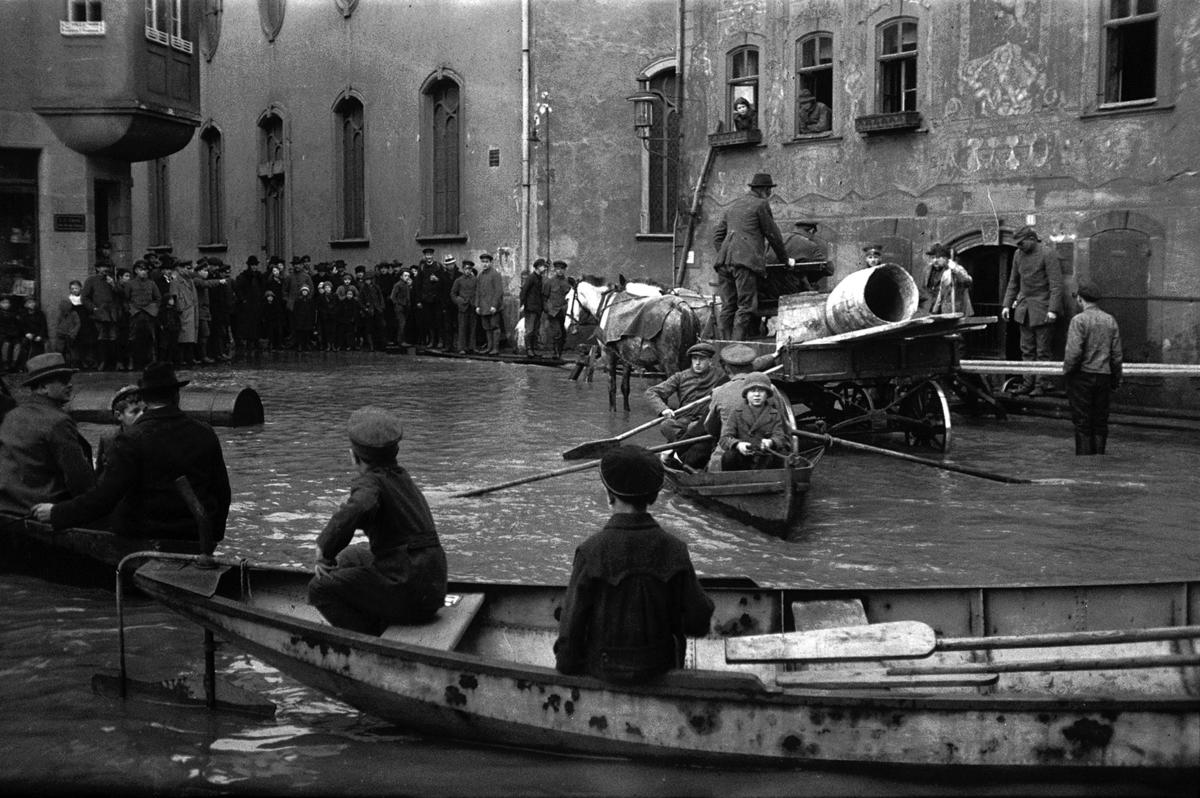
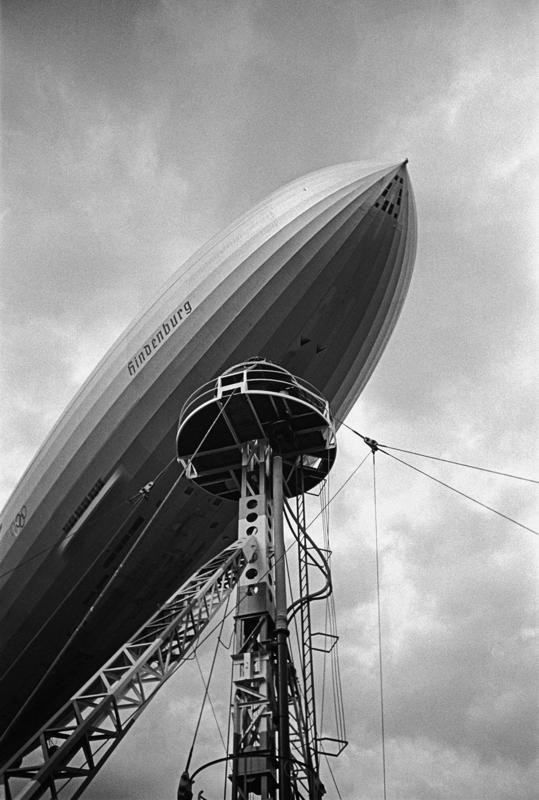
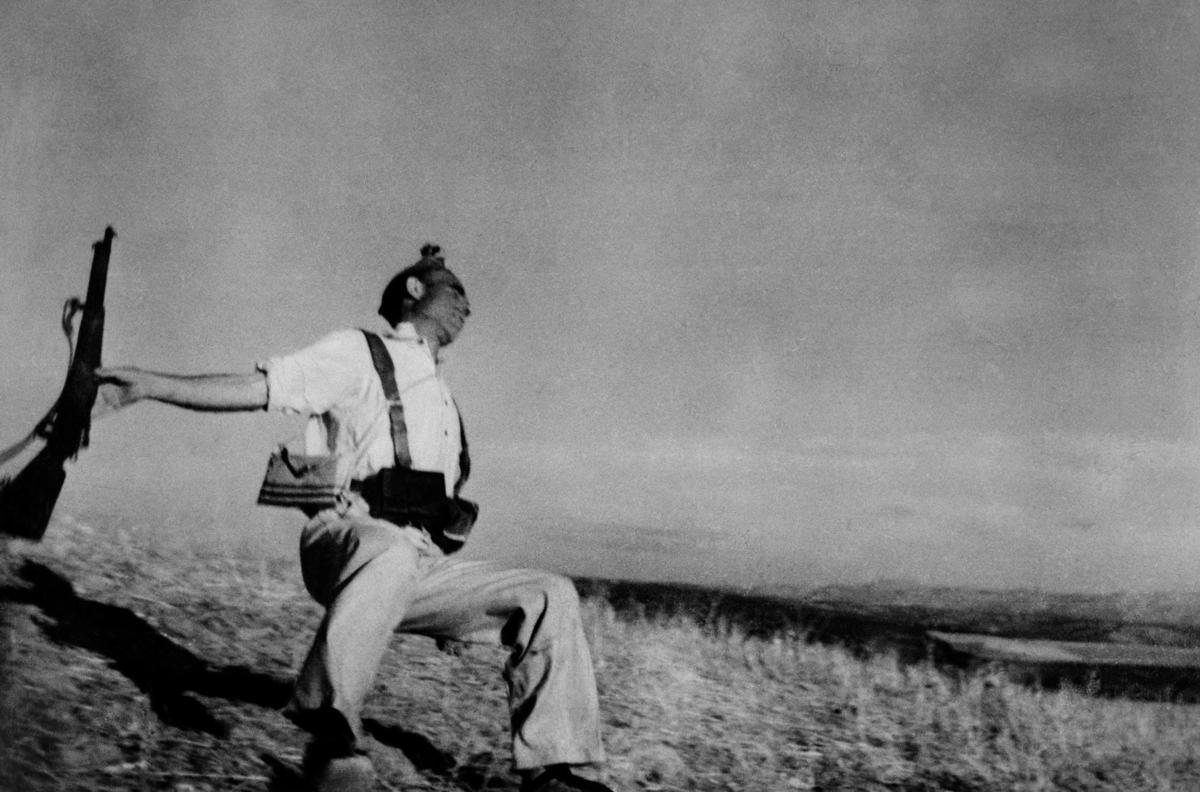
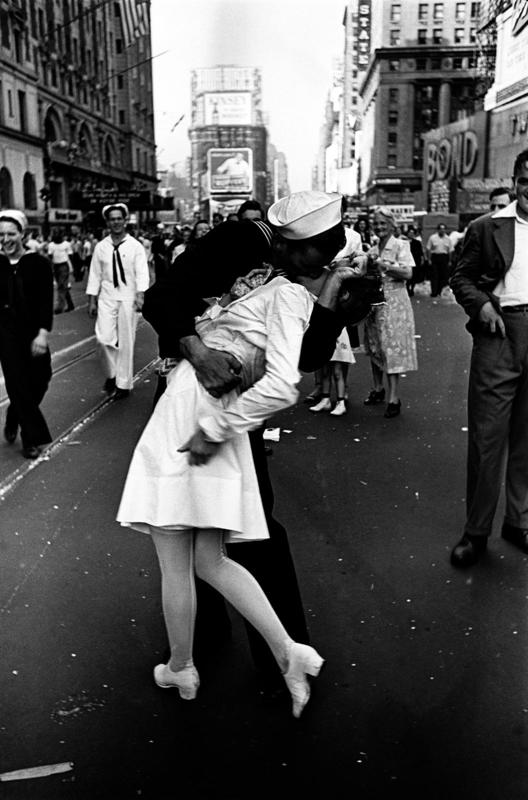

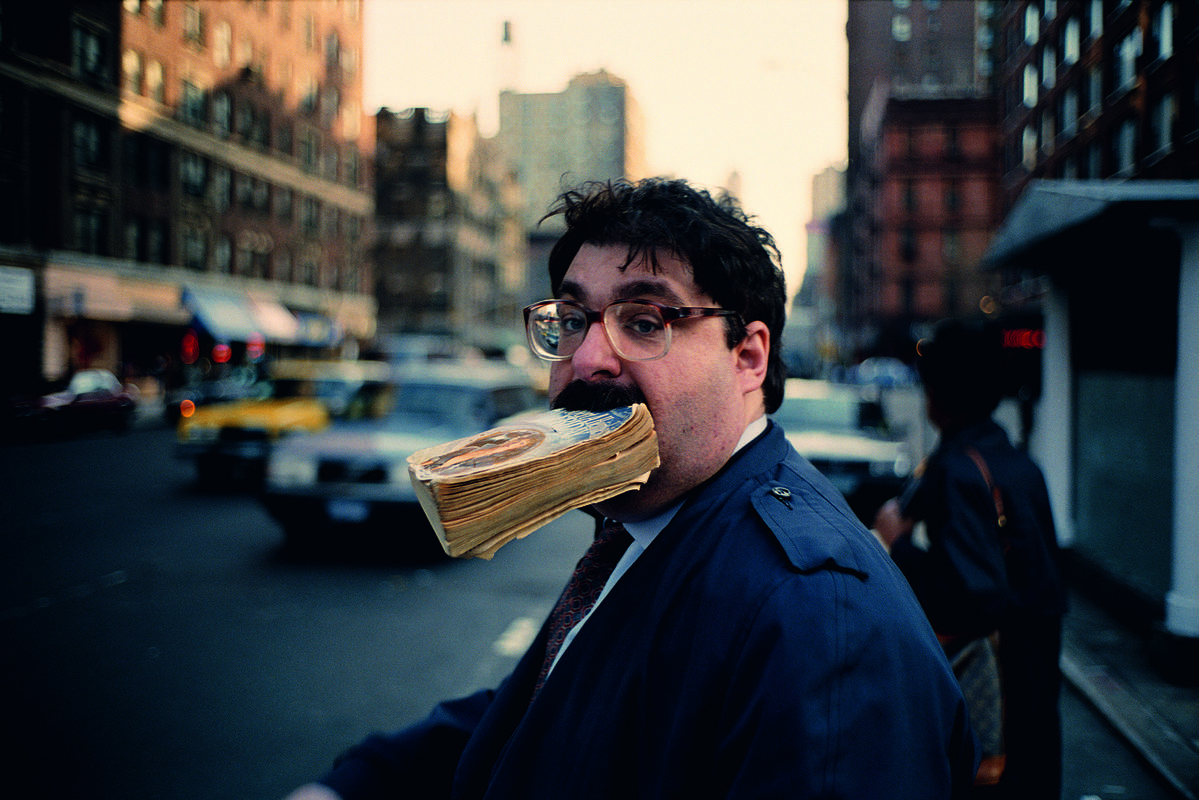
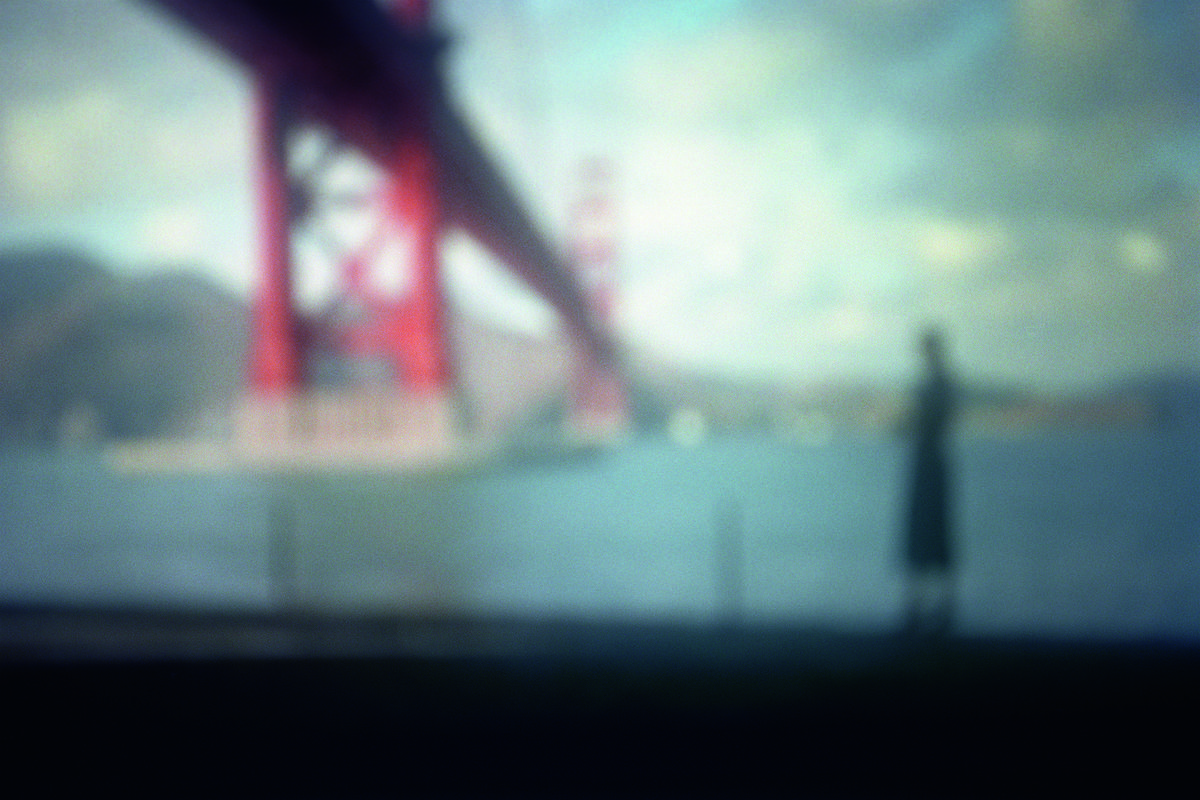

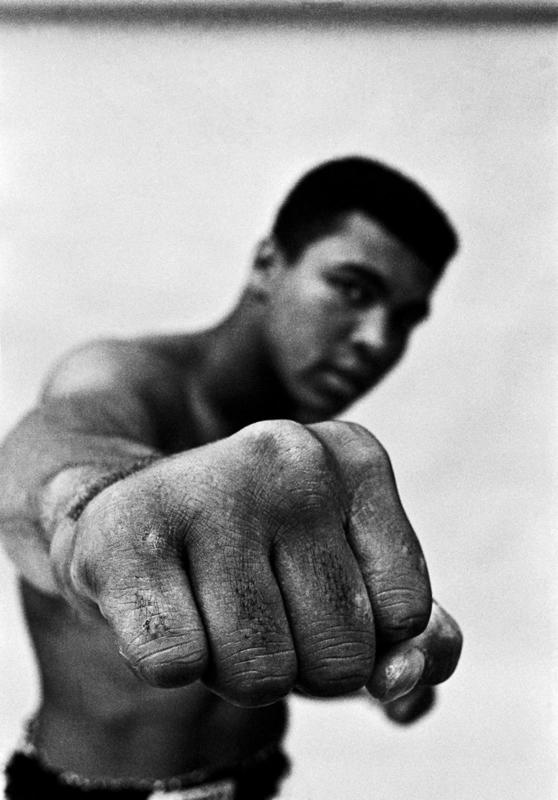


Over the years, the brand has been known for creating strong and beautiful cameras with a pinch of minimalism. And that’s the reason why professional photographers are drawn towards it.
Leica cameras stand out in the crowd. Its recent cameras are a mix of retro and modern design. The unique combination makes it stands out in the crowd and that’s part of the premium you pay.
I have been using Leica D-LUX 7 from the past few days. This camera sits in the sweet spot between advanced and premium cameras. And even though it's a point and shoot camera, it comes with a bunch of features that will appeal to different kinds of users, including DSLR owners.
Price and availability
Considering how Leica prices its cameras, the D-LUX 7 is on the affordable side of things, which is a big plus. At Rs 94,300, the Lecia D-LUX 7 can be purchased from Leica Store in New Delhi and it is also available on Amazon India.
Dimensions: 118 x 66 x 64mm | Weight: 403 g
Sensor: 17MP Micro Four Thirds CMOS
Lens: Leica DC Vario-Summilux 24-74mm (fixed)
Screen: 3-inch LCD touchscreen, 1.2 million dots
Viewfinder: 0.38-inch LCD, 2.76 million dots
Burst shooting: 11fps (6fps with continuous AF)
Autofocus: AFS/AFF/AFC (0.5m to ∞)
Video: 4K UHD (up to 30p)
Connectivity: USB 2.0, Micro HDMI, Wi-Fi and Bluetooth
Battery life: 1,025mAh Li-Ion
Design
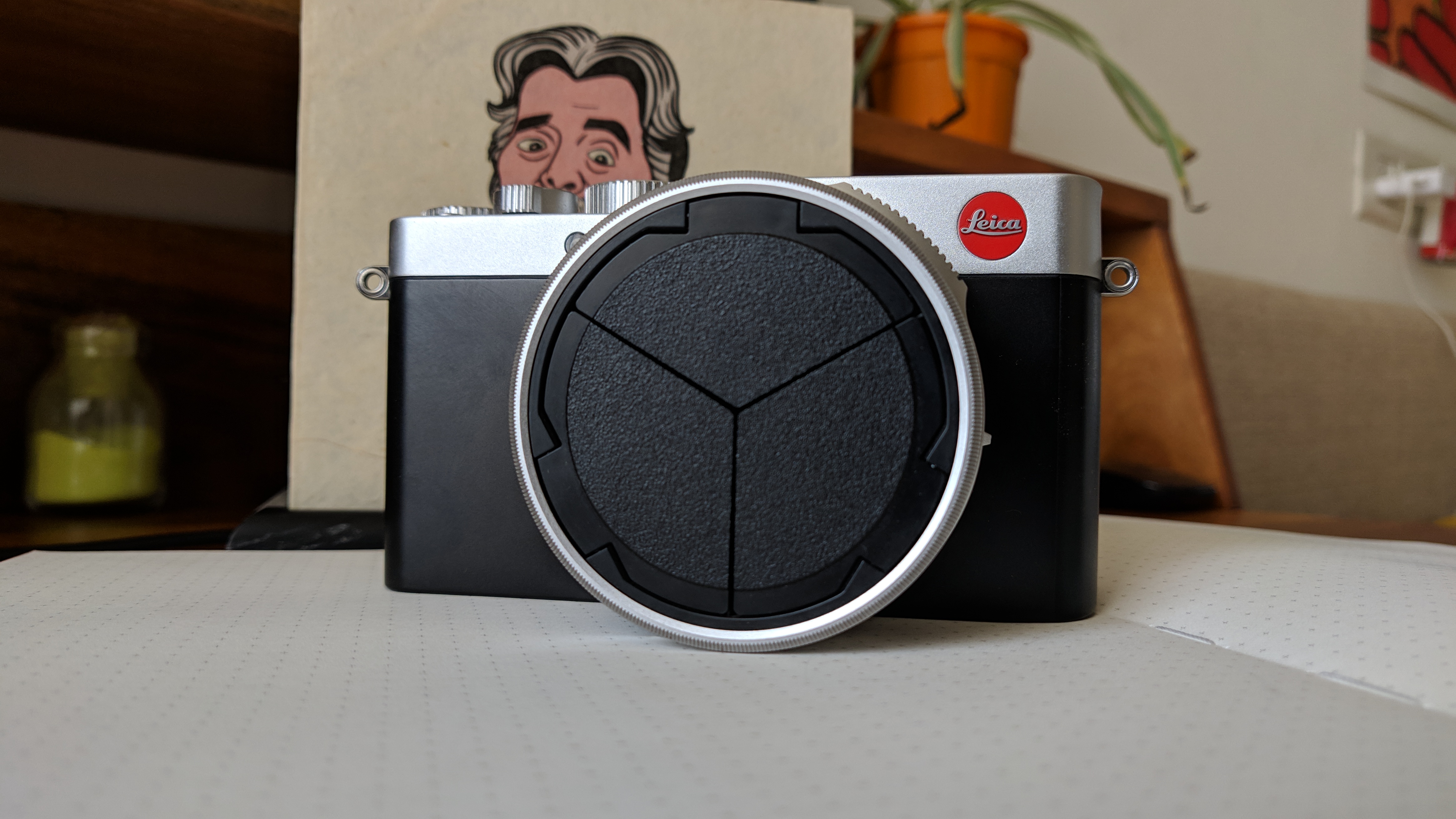
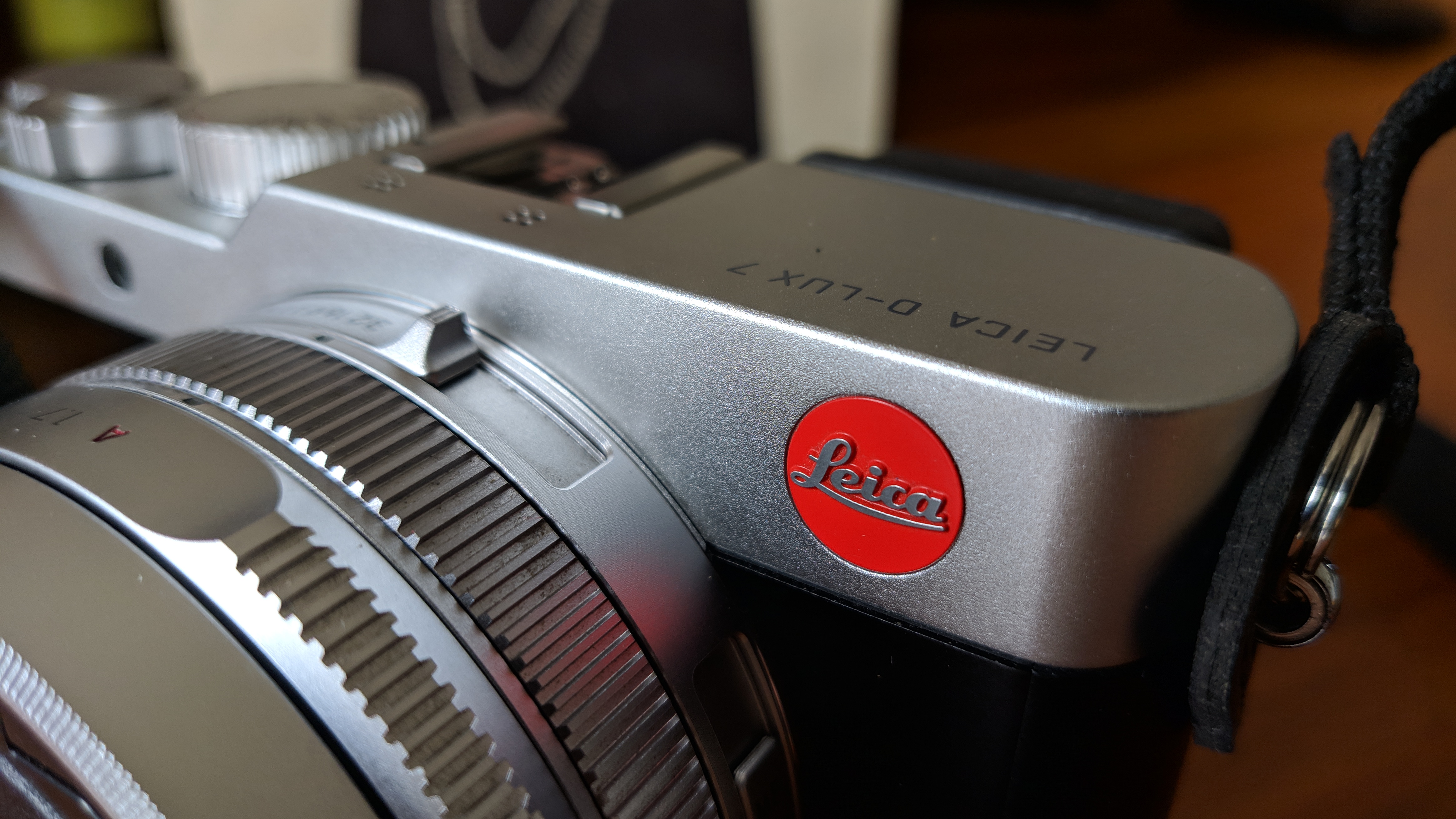
Going by the looks, the D-LUX 7 looks like an old-school film camera but it is a whole new different take on compact travel cameras. The body is largely made from magnesium alloy and the front has been kept minimal at best. It certainly looks classy and German, and the prominent red dot Leica logo gives it all the credibility it needs to stand out in the crowd.
Sign up for breaking news, reviews, opinion, top tech deals, and more.
It has a dual-tone finish on the front. The top and the lens barrel are painted in silver while the rest of the body is black. However, the smooth finish across the chassis makes it a fingerprint magnet.
If you have small hands, the camera could feel like slipping from your hands due to the fact that there is no grip to hold onto, on the front. That said, anything on the front would have been a departure from a clean design that Leica has been able to manage with the D-LUX 7.
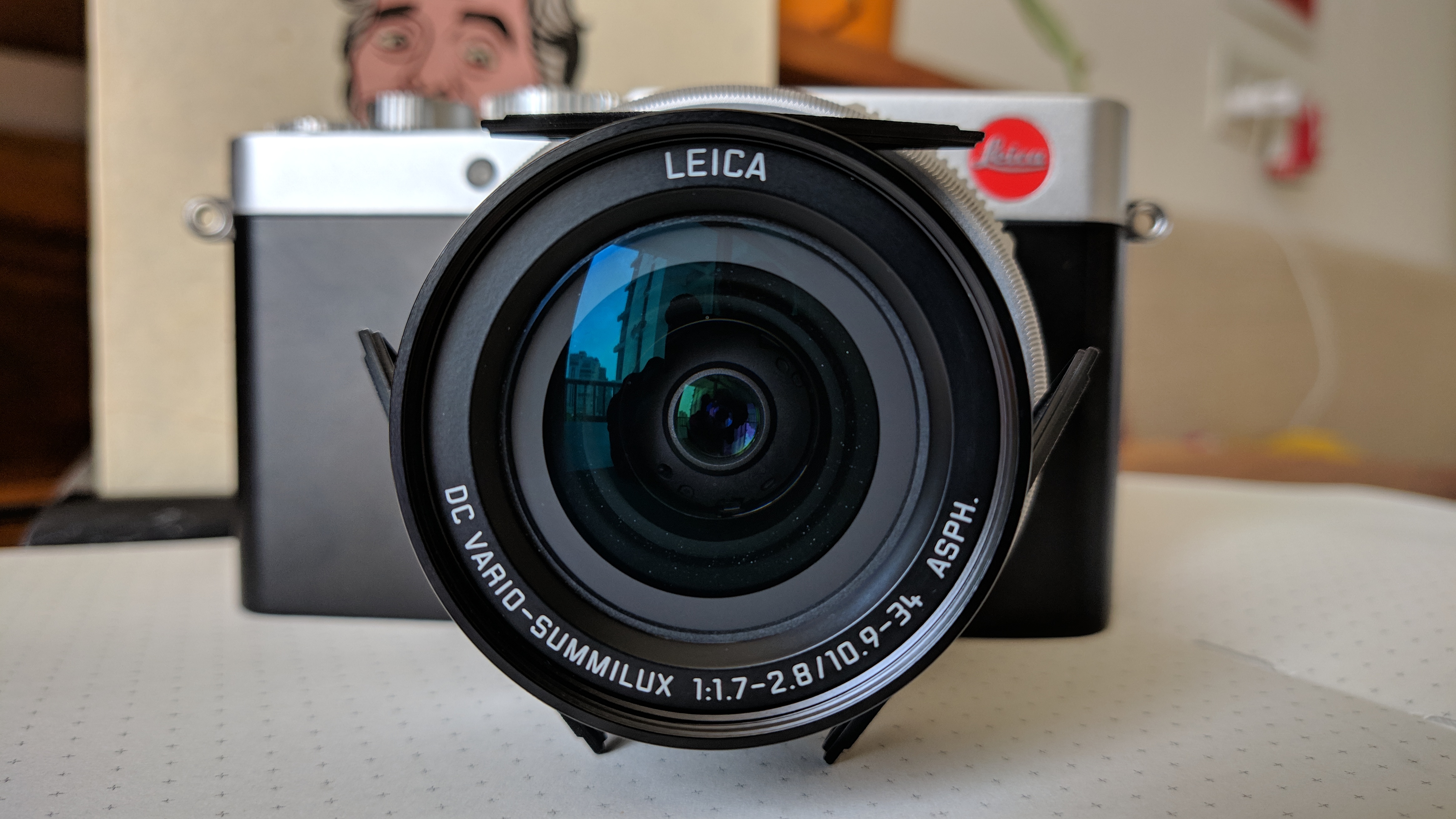
This unit came with Leica’s automatic lens cap with three lids which gets attached to the lens like a filter and opens up when the camera is in use. It's very ingenious if you ask me and works flawlessly. Keeping a track of your lens cap? Not anymore.

When you pick it up in the hand, the first thing that will probably hit you is how light this camera is. It weighs in around 403 grams and is 64mm at its thickest point. The D-Lux 7 is very easy to carry around, in hand or in pockets. A neck strap can be attached to the shoulder eyelets on both sides of the camera, making it less prone to slipping.

Top control buttons are beautifully carved and coated in silver. It looks pleasing to the eye and makes for a tactile feel when using these buttons.

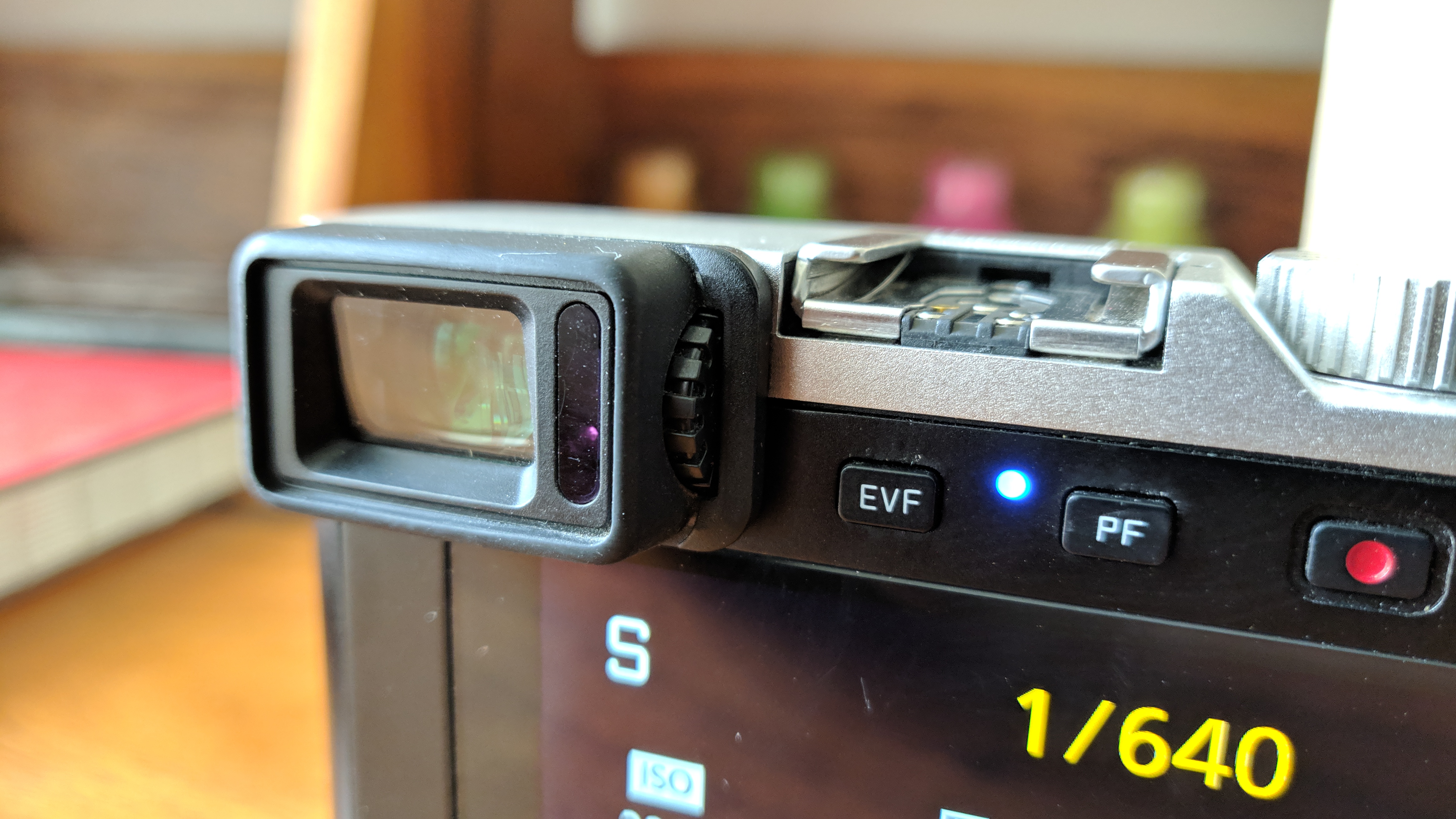

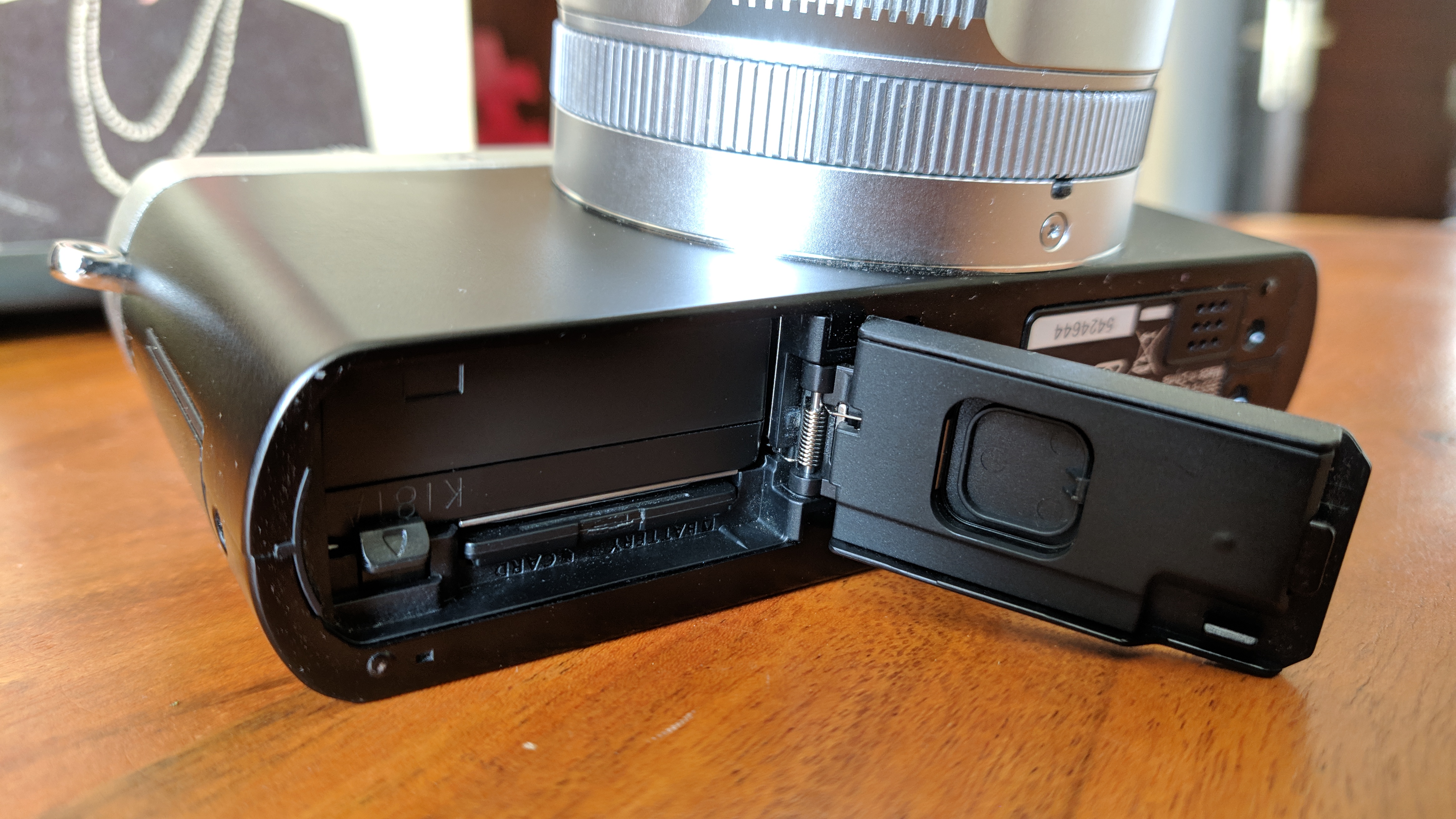
The back is largely occupied by a 3-inch LCD touch monitor with a bunch of controls surrounding it, top and right, including a control dial. Then we have the viewfinder with a proximity sensor and the diopter adjustment dial. There is an HDMI socket and a USB port on the right edge under a pop-out cover. Similarly, on the base, there is a battery and SD card port enclosed under a flap.
Overall, Leica D-LUX 7 looks great and feels light in hand. It’s got a solid built and is extremely portable for your trips up the mountains.
Features
Leica D-Lux 7 packs a fixed 24-75mm lens with an aperture of f/1.7 to 2.8. With a Micro Four Thirds sensor and 17MP resolution the maximum image size that can be created on the D-LUX 7 measures 4736 x 3552 pixels.
On the back, there’s a three-inch LCD touchscreen, a 2.76 million dots electronic viewfinder along with all the other control buttons.
As opposed to regular point and shoot cameras, Leica offers some customization, however with certain restrictions. You can bump up the ISO to 25600 or play around with exposures ranging between 1/4000 seconds to 30 minutes.
As far as point and shoot cameras go, the D-LUX 7 features more controls which can be overwhelming at first, especially if you’re a beginner.
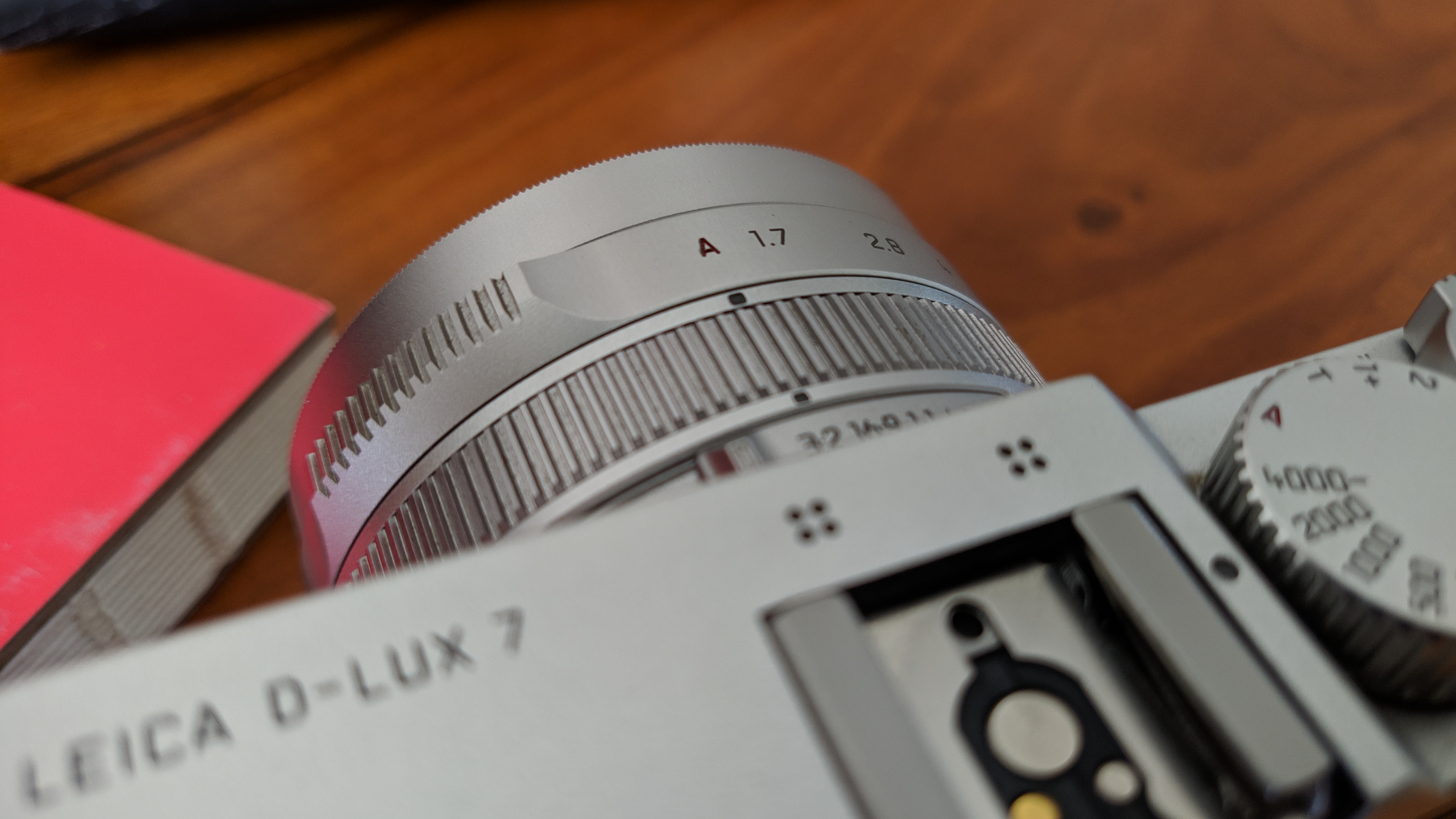
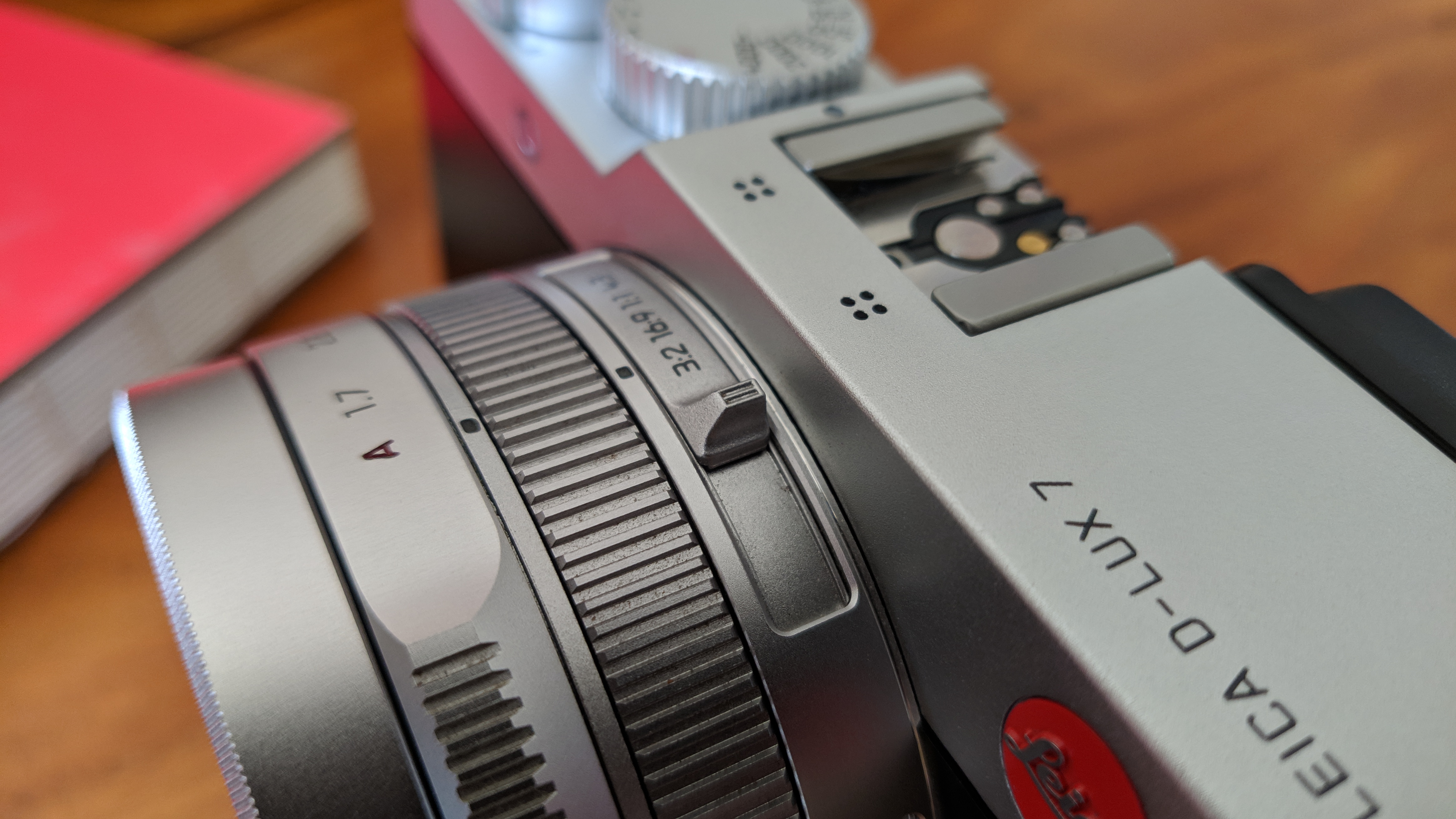
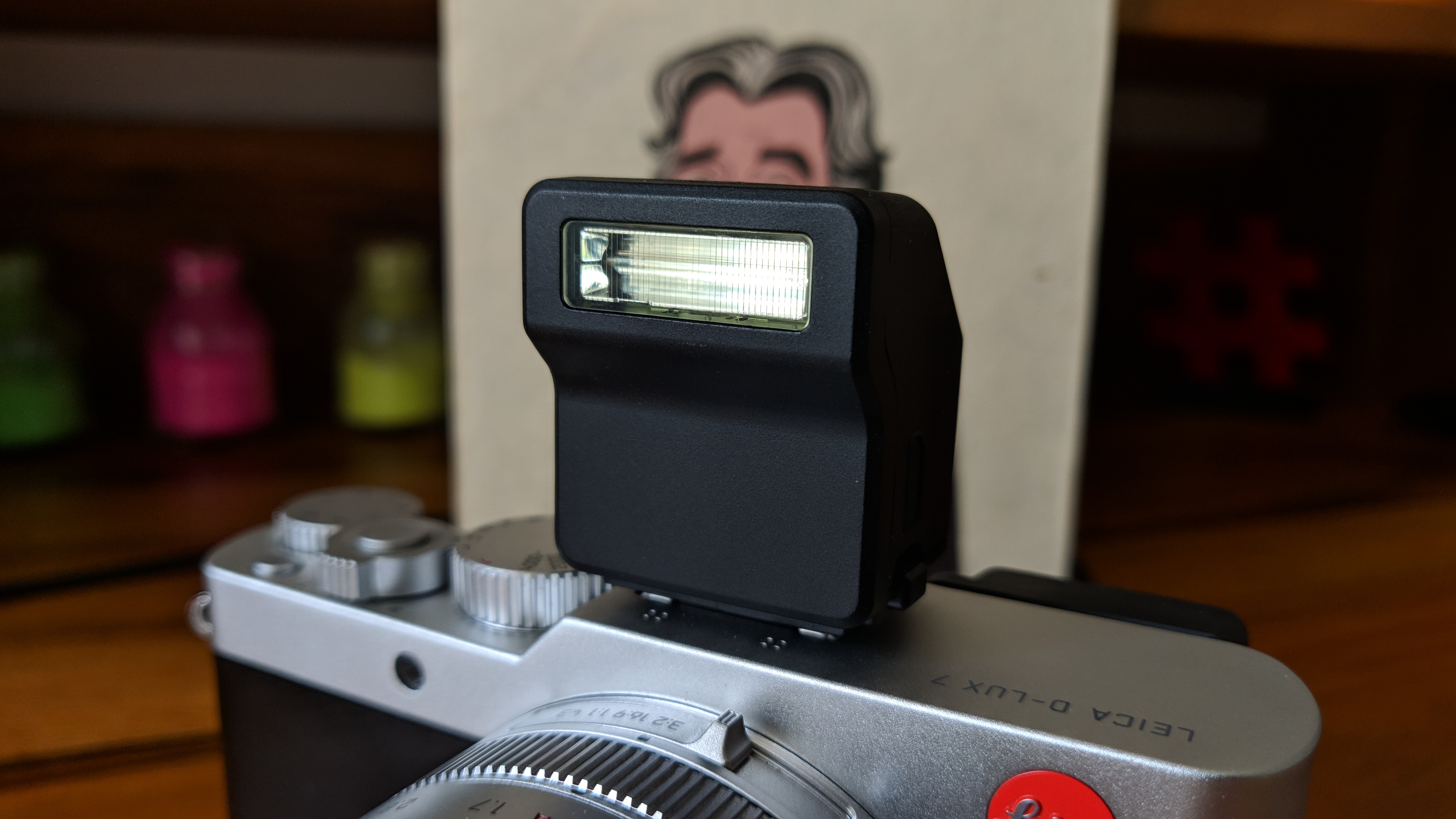
The aperture ring can be controlled to move between f/1.7 and 2.8. It can also be set to auto mode. Next up, we have a control ring to adjust focus when in manual mode. There’s a focus switch which lets you change focus modes between Manual, Autofocus and Macro Autofocus.
Then the other switch here allows you to choose a native aspect ratio between 3:2, 16:9, 1:1 or 4:3. Now, this is especially handy as you can preset to an aspect ratio according to the scene before taking that picture, and know how it is going to look.
On the top, there’s the hot shoe mount for a flash or other compatible accessories.

The D-LUX 7 has seven controls including power on and off switch, shutter speed dial, exposure dial, a zoom lever with the shutter button, 4K button and an auto/program mode button.
The shutter speed dial offers speeds ranging between 1/4000 seconds to 1800 seconds in addition to the Time mode which opens the shutter for around 30 minutes. This mode can be used to create long exposure pictures.
Exposure levels can be controlled between +3 and -3 range with the compensation dial.
The 4K button allows the camera to shoot pictures in different burst sequences.
The rear has a bunch of controls including a button to manually switch to the electronic viewfinder, a post-focus button that helps tweak focus points during post-process, a video recording button and another one to toggle autofocus and auto exposure.
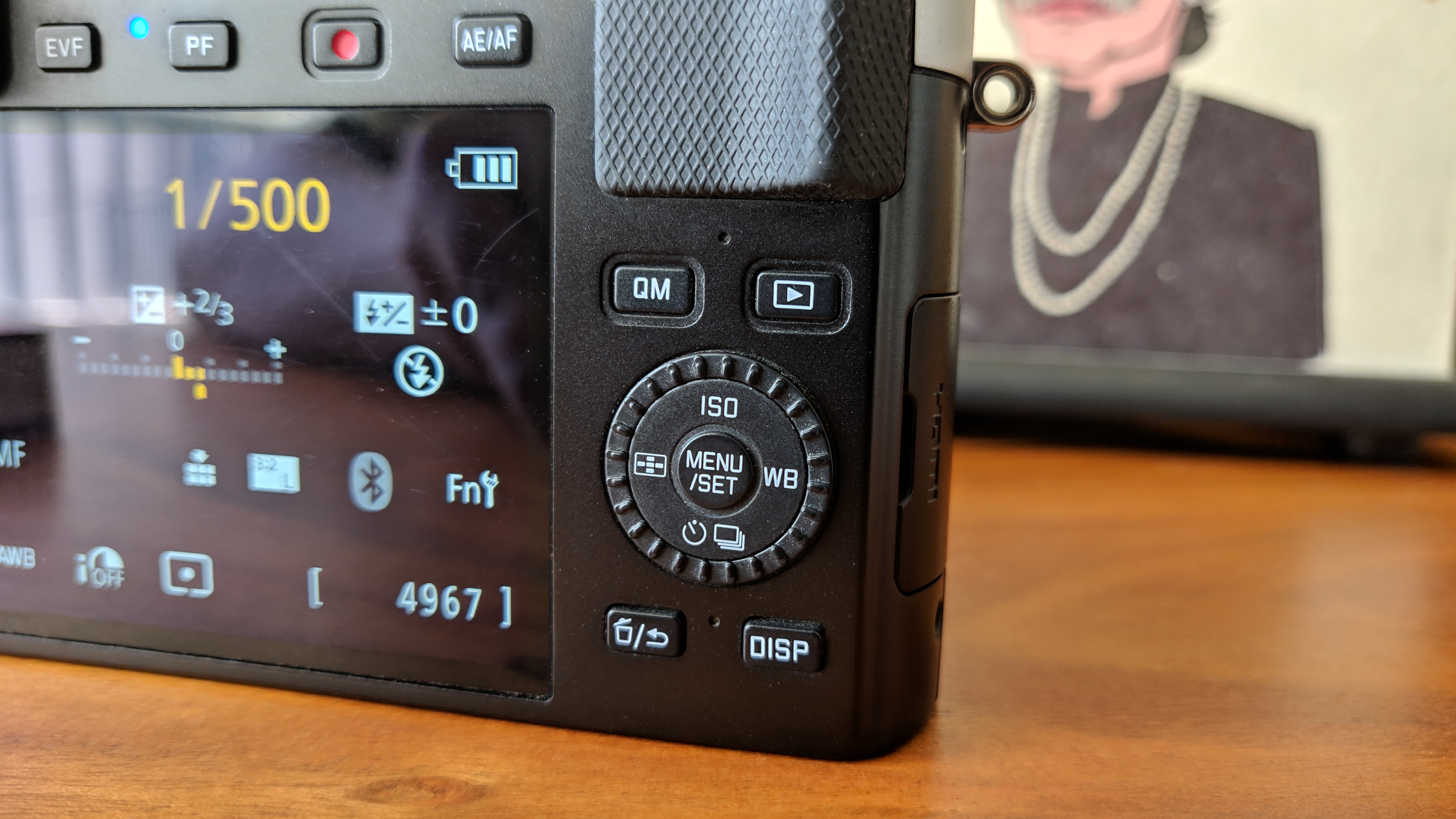
Slightly adjacent to the screen is a d-pad to control ISO, White Balance, autofocus and shutter release modes. Surrounding the d-pad we get the Quick Menu, preview, delete and display buttons.
With these many control options, it takes a bit of a learning curve to use the D-Lux 7. You can learn a lot about the art of creating pictures by using this camera and the manual controls are an added plus.
- 1
- 2
Current page: Introduction, Price, Design and Features
Next Page Performance, Experience and Verdict
- Siddharth Chauhan is the Consumer Technology Reporter at Digit India. He used to work as an Assistant Editor at TechRadar India
